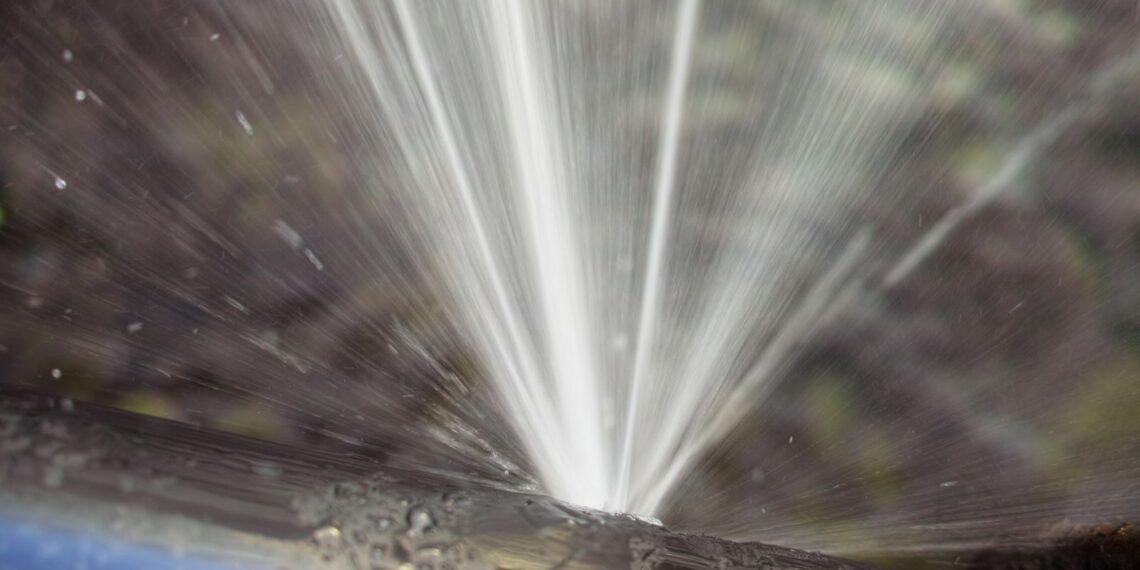In the sprawling urban expanse of London, homes and businesses stretch as far as the eye can see. Each building, whether a century-old monument or a new architectural marvel, contains a vast network of pipes, faucets, and drains. Like the city’s famous underground network, this plumbing remains largely unseen, yet is crucial to daily life.
However, just as train disruptions can cause chaos for commuters, hidden water leaks can wreak havoc in any establishment. Given the city’s mixture of old and modern structures, the expertise of a skilled plumber London becomes invaluable.
These professionals don’t just fix our drips and overflows; they safeguard our homes against insidious damages we might not even be aware of. It’s not just about the immediacy of a visible leak; it’s about recognizing the unseen, potentially damaging issues lurking behind walls and beneath floors.
In this guide, we’ll unveil the importance of spotting these hidden threats and the steps to ensure your home remains leak-free.
Why Are Leak Tests Important?
Water leaks, especially those concealed from plain sight, can be silent destroyers in any home or business establishment. Their elusiveness makes them particularly treacherous, often causing problems before they’re even detected. The importance of regular leak tests stems from several crucial reasons.
First and foremost, unchecked leaks can lead to structural damage. Continuous water seepage can weaken wooden beams, dissolve plaster, and corrode metal structures. Over time, what starts as a minor, almost imperceptible leak can escalate into major repairs, potentially compromising the structural integrity of a building.
Financial implications also play a role. Those undetected drips add up, leading to inflated water bills. What might seem like a minor increase in monthly expenses can accumulate into a significant annual financial drain. Conducting regular leak tests can be seen as a proactive step in financial prudence, saving potentially large sums in the long run.
Health considerations are equally paramount. Damp environments are breeding grounds for mould and mildew. These fungi can pose serious respiratory risks, especially to those with allergies or weakened immune systems. Regular leak detection can, therefore, also be a preventative measure against potential health threats.
Also, conserving water should be a priority for all. Wasted water through unnoticed leaks adds up, contributing to a larger global issue of water wastage. By ensuring our homes and businesses are leak-free, we’re taking responsible steps towards sustainability.
12 Ways To Find Hidden Water Leaks In Your Home
Water leaks, particularly those not immediately evident, can create numerous problems for homeowners. Their clandestine nature often means they aren’t noticed until substantial damage occurs. However, there are several methods you can employ to detect these hidden water culprits. Let’s explore these methods in depth.
1. Monitor Your Water Bill
A sudden unexplained spike in your water bill is often the first clue to a hidden leak. Regularly checking your water consumption, and comparing it month-by-month, can highlight anomalies. If your water usage skyrockets without a clear reason, it’s time to investigate further.
2. Use the Water Meter Check
Turn off all taps and water appliances in your house and check your water meter. Note down the reading. Return after an hour and check the metre again without using any water in between. If the reading changes, there’s likely a leak.
3. Food Colouring Test for Toilets
Toilets can be a major source of hidden leaks. To check for leaks, drop some food colouring into the toilet tank and wait for about 10 minutes. If the colour appears in the bowl, you have a leak.
4. Inspect Your Walls and Ceilings
Water stains on walls or ceilings can indicate a leak, even if they’re dry to the touch. These stains often appear as brownish rings. Additionally, peeling paint or wallpaper is another telltale sign. Check regularly, especially after heavy rain.
Also Read How to Waterproof a Storage Unit: A Comprehensive Guide.
5. Check Under Sinks and Cabinets to avoid water wastage
Often, leaks under sinks go unnoticed until they cause significant damage. Periodically clear out under-sink cabinets and check for moisture, mould, or a musty odour.
6. Garden and External Faucets
Leaks don’t only occur inside your home. Regularly inspect garden hoses, faucets, and sprinkler systems. A good method is to connect a garden hose; if water seeps through the connection while the hose is running, there might be a leak.
7. Appliances
Your home appliances, like the dishwasher or washing machine, can also be sources of leaks. Check the hoses attached to these appliances for signs of wear and tear, cracks, or moisture.
8. Basement Checks
Basements are prone to dampness and leaks. Regularly inspect your basement for damp patches, mould, or a musty smell. Also, be on the lookout for any white or chalky stains on the walls, as these could be a sign of past water damage.
9. Check the Roof
Sometimes, leaks originate from above. Periodically inspect your roof for missing or damaged shingles. Also, check inside the attic for any signs of moisture or mold. Blocked gutters can also cause water to seep into the walls, so ensure they’re regularly cleaned.
10. Listen!
Often, you can hear a hidden leak, especially at night when the house is quiet. Sounds of dripping water, running water when nothing is turned on, or a constant hissing sound can all indicate a leak.
11. Professional Leak Detection Services
If you’ve tried all the above methods and still suspect you have a leak, or if you want a thorough check, consider hiring professionals. They use advanced tools like infrared cameras and acoustic sensors to detect hidden leaks without invasive methods.
12. Temperature Checks
Sometimes, a change in temperature can indicate a water leak, especially on the floor. If a specific area of your floor is unusually cold, it might be due to water seepage. You can use infrared thermometers to check temperature variations in different areas of your home.
To Wrap Up
Water wastage is a concern not just for the homeowner’s pocket but also for our environment. With dwindling resources, every drop saved contributes to a sustainable future. By promptly detecting and addressing leaks, you protect both your home and our planet. Stay vigilant, and when in doubt, don’t hesitate to call in the professionals.









